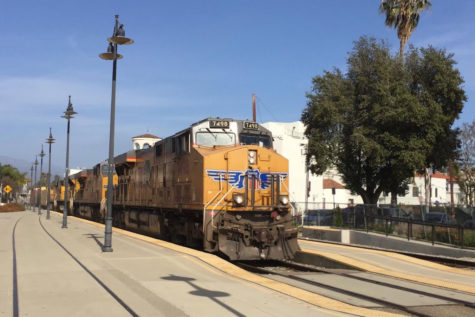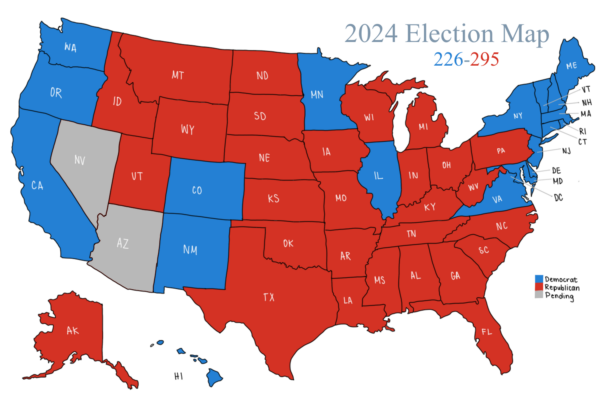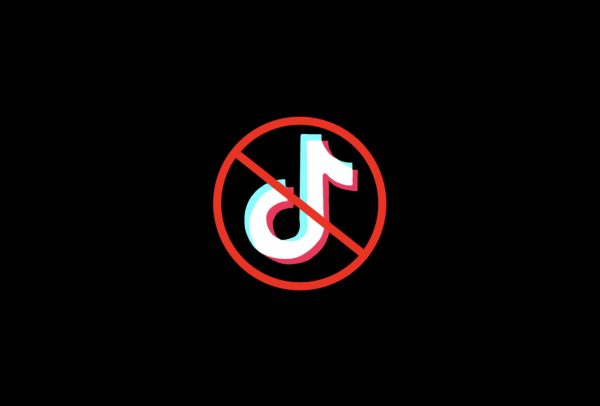California passes new train emission rule
On April 27, 2023, California lawmakers passed a new rule regarding train emissions.
The rule intends to ban use of freight locomotives more than 23 years old by 2030. It also bans locomotives idling for more than 30 minutes. Locomotives built for freight service after 2035 will also have to be zero-emissions. The rule aims to reduce pollution by freight trains and improve air quality, especially near ports.
The Biden administration needs to approve the rule for it to be put in effect. If approved, the rule could be adopted by other states. The rule, combined with the recent rules regarding diesel trucks, would drastically reduce pollution from diesel fuel, which can cause cancer.

How will the railroad industry comply with this rule?
Union Pacific and BNSF, the two Class 1 railroads which operate in California, are actively investigating low-emissions freight locomotives.
In 2021, BNSF commenced testing of Wabtec locomotive #3000, a battery-electric powered locomotive. During the three-month testing period, the locomotive delivered an 11% reduction in emissions and fuel use. Union Pacific, the other railroad which operates in California, placed an order for 20 battery-electric locomotives from Wabtec and Progress Rail, a division of Caterpillar, for use in yards.
The locomotives are scheduled to arrive in yards in California sometime between late 2023 and early 2024. Union Pacific also signed a $1 billion contract with Wabtec to upgrade 600 older locomotives, which will increase fuel efficiency by 18%. According to Lance Fritz, the president and CEO of UP, the company plans to have net-zero emissions by 2050.

What effect will this have on the environment?
The second-generation battery-electric locomotives currently being developed by Wabtec will have a battery life of six to seven megawatt hours, which has the potential to reduce emissions and fuel consumption by 30% each year. Second-generation battery electric locomotives could enter service in the next few years, according to Wabtec.
Union Pacific estimates that just ten battery-electric locomotives could eliminate 4,000 tons of carbon pollution each year.

Thank you for your donation! Your donation will support the student journalists of Dos Pueblos High School. Your contribution will allow us to purchase equipment and cover our annual website hosting costs. Please contact [email protected] if you'd like us to send a tax receipt.

Leo Quinkert (11) enjoys biking, playing video games, and documenting buildings through photography. He often spends weekends biking to his favorite spots...











